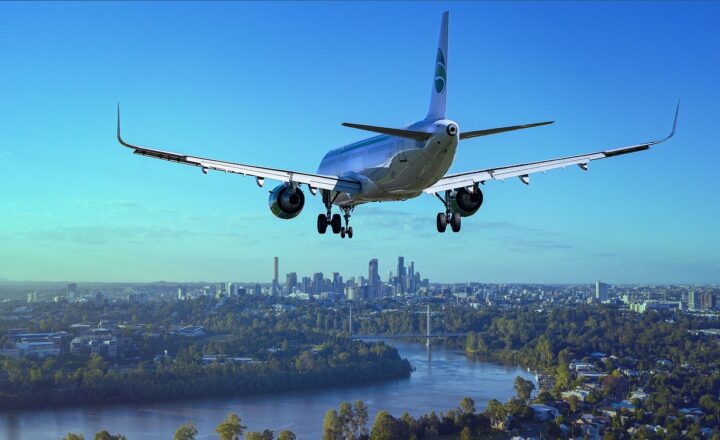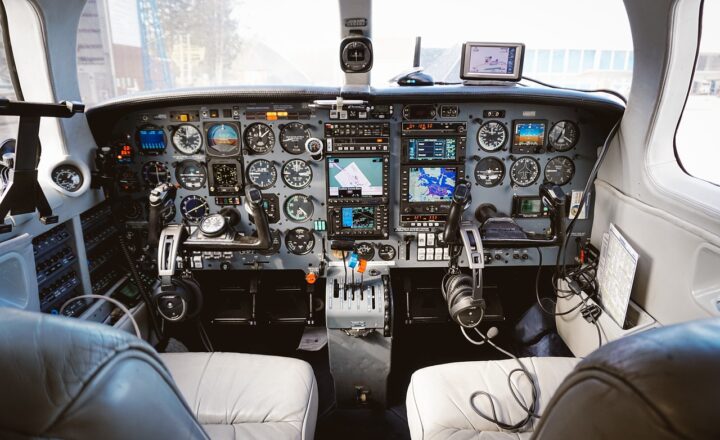The History of Human Flight: From the Wright Brothers to Mars Missions
November 16, 2024

Human flight has been a dream that has captivated the imagination for centuries. When the Wright Brothers successfully flew the first powered aircraft in 1903, it marked the beginning of a transformative era in technology and travel. In this article, we will journey through the remarkable advancements in flight technology, the evolution of aviation, and the recent strides toward interplanetary travel.
1. The Dawn of Aviation: The Wright Brothers’ Breakthrough
In December 1903, Orville and Wilbur Wright achieved one of humanity’s greatest milestones—powered flight. Their aircraft, the Wright Flyer, flew for 12 seconds and covered 120 feet, demonstrating the potential of controlled powered flight.
Key elements of the Wrights’ success include:
- Innovative Design: The Wright Brothers focused on developing a three-axis control system that enabled pilots to steer their aircraft effectively. Their use of wing warping allowed for better balance during flight.
- Engine Development: They designed a lightweight engine that weighed only 200 pounds, crucial for achieving powered flight with minimal weight.
- Persistent Experimentation: The brothers conducted extensive wind tunnel testing and glider flights to refine their designs, showcasing the importance of meticulous research and experimentation.
The Wright Flyer’s success laid the groundwork for future developments in aviation, capturing the world’s attention and robotics the dreams of many inventors and engineers.
2. The Growth of Commercial Aviation
The early 20th century saw rapid advancements in aviation technology, with commercial airlines emerging after World War I. Planes transitioned from canvas-covered biplanes to all-metal monoplanes, which were faster and could carry more passengers.
Notable milestones include:
- The First Commercial Flight: On January 1, 1914, the St. Petersburg-Tampa Airboat Line launched the first scheduled commercial flight, marking the dawn of air travel for the public.
- The Introduction of Airlines: Major airlines such as Pan Am and Lufthansa were founded in the 1920s and 1930s, establishing schedules and routes that made air travel more accessible.
- World War II Developments: The war spurred significant advancements in aircraft design, leading to more reliable and efficient planes, ensuring greater safety and comfort for passengers post-war.
By the 1950s, the jet engine revolutionized air travel, providing faster and more economical flights, paving the way for the era of commercial jetliners and mass air travel.
3. Space Exploration: From the Skies to the Stars
As aviation progressed, the next frontier beckoned—space. The launch of Sputnik by the Soviet Union in 1957 opened the possibility of human flight beyond Earth’s atmosphere. This ushered in an era of space exploration that has seen significant milestones:
- The First Human in Space: Yuri Gagarin, a Soviet cosmonaut, became the first human to journey into space on April 12, 1961, orbiting Earth aboard Vostok 1.
- The Apollo Program: NASA’s Apollo 11 mission in 1969 saw astronauts Neil Armstrong and Buzz Aldrin land on the moon, fulfilling a remarkable dream many thought impossible.
- The Space Shuttle Era: From 1981 to 2011, NASA’s Space Shuttle program enabled reusable spacecraft to transport astronauts and cargo to and from space, including the deployment of the Hubble Space Telescope.
With each mission, humans have not only pushed the boundaries of flight but also deepened our understanding of our place in the universe.
4. Current Innovations in Aviation
Today, the aviation industry is undergoing a transformation fueled by technological advancements aimed at safety, efficiency, and sustainability:
- Electric Aircraft: Companies are exploring electric and hybrid aircraft to reduce the carbon footprint associated with air travel, aligning with global sustainability goals.
- Autonomous Flight: Advances in artificial intelligence are paving the way for pilotless aircraft, potentially improving safety and efficiency in routine air travel.
- Supersonic Travel Reimagined: Companies like Boom Supersonic are working to revive supersonic travel, promising to halve travel times and reestablish the once-popular Concorde experience.
These innovations signal exciting times ahead for commercial aviation, with each advancement touching on efficiency and environmental responsibility.
5. The Future of Human Flight: Mars Missions
As we deepen our exploration of space, aspirations to enable human missions to Mars are intensifying. The goals are ambitious yet achievable thanks to advancements in technology and a growing collaboration between governmental space agencies and private enterprises:
- NASA’s Artemis Program: In planning to return humans to the Moon, NASA sees the Moon as a stepping stone for eventual human missions to Mars, benefiting from lessons learned about living and working in space.
- Mars Colonization Efforts: Private companies like SpaceX are pursuing ambitious plans to colonize Mars, aiming to transport humans by the mid-2020s.
- Technology Development: From propulsion systems to life support technologies, innovations must continue to evolve to make interplanetary travel a reality. Each aspect needs to be meticulously planned to ensure safety during long-duration missions.
Human flight has come a long way since the Wright Brothers’ first flight. From conquering the skies to reaching for the stars, the journey is ongoing, driven by the same spirit of exploration that initiated humanity’s desire to take to the air. As we continue this journey into the cosmos, our ability to innovate and adapt will determine the next chapters in the epic story of human flight.
Conclusion
The history of human flight is a testament to human ingenuity, perseverance, and our innate desire to explore the unknown. From the clumsy attempts of early dreamers to the sophisticated technologies propelling us to Mars, the journey continues. As we stand on the brink of new horizons, it is evident that the sky is not the limit—rather, it is merely the beginning of an even grander adventure.







